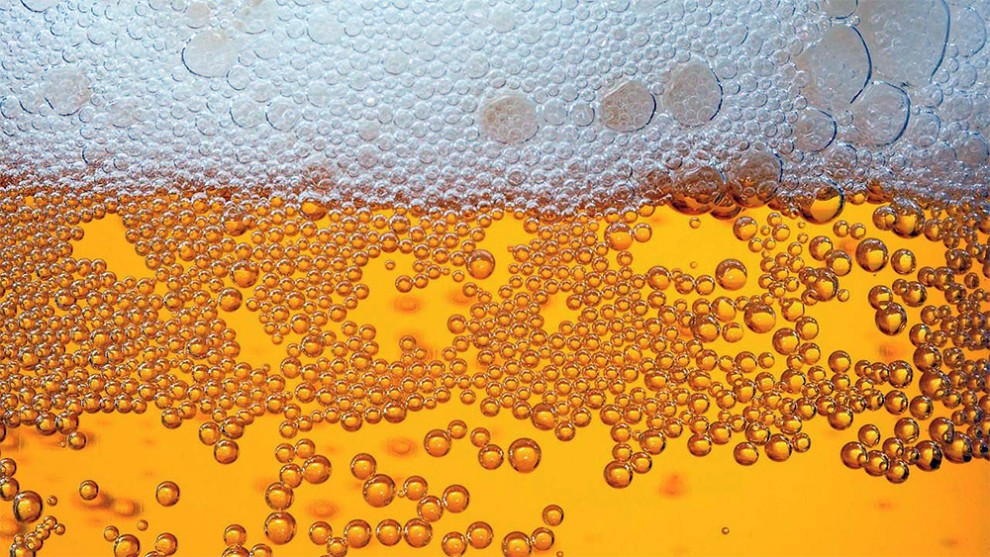
Memorial Day has become an occasion that is both solemn and celebratory in nature. It is the second largest beer selling holiday in the United States, behind only the 4th of July. That means Memorial Day kicks some Super Bowl ass — and Labor Day, Christmas, and Thanksgiving.
The lager beer style has its own unique history in the United States, and the South in particular.
When the lager style of beer first appeared in the United States it was revolutionary. Lager was crisp, clear, and less vulnerable to spoilage. It far exceeded the quality of other malt beverages. There were challenges, however. Brewing lager beer required temperatures between 45 and 55 degrees Fahrenheit, creating the need for large quantities of ice. This fact made cities such as Chicago, Pittsburgh, Milwaukee, and St. Louis famous brewing hubs.
Even in those more favorable climates, lager brewing was often a seasonal proposition.
In the South, we faced bigger problems. The temperature sensitivity of lager beer made our region uncharacteristically inhospitable to the new beer style. Nevertheless, the first lager beer was shipped to New Orleans in 1851 by the saloonkeeper Christian Krost, who imported it from Pittsburgh’s Schenck Brewery. Soon, regular shipments from the Lemp Brewery in St. Louis increased the availability of lager and before long, it was also shipped from Philadelphia and Milwaukee.
Yet, shipping beer all the way to a place like New Orleans presented problems in the mid-nineteenth century — freezing barrels in the winter, exploding barrels in the summer — and of course, transporting the liquid wasn’t cheap either. Such problems stimulated interest in producing lager locally but that seemed an impossible feat to most brewers.
George Merz was decidedly not “most brewers.” He named his “Old Canal Steam Brewery” for the Carondelet Canal, near which it stood. The canal was excavated in 1794 by order of Spanish Governor Baron de Carondelet. It was later called the “Old Basin Canal,” or “Old Canal.” It was there in the Treme neighborhood, where Merz took up the challenge of brewing lager beer in the South.
Merz shipped ice from Maine and brewed the first lager beer in the Crescent City in 1864. This did not prove a sustainable proposition due to the cost and unsteady supply of ice. When this effort failed, Merz hired an engineer, F.V. DeCoppet, to convert a first-generation ether machine to use ammonia, cooling a 40,000 cubic foot cellar to 40 degrees Fahrenheit. Using DeCoppet’s steam powered contraption, Merz helped to change the course of history. The Old Canal Steam Brewery in New Orleans was the first in the United States to be mechanically refrigerated.
Large national shipping breweries understood the value of mechanical cooling but adopted it gradually as technology improved. The invention of the Windhausen Refrigerating Machine in 1879 signaled the first widespread use of refrigeration among breweries, including the Southern Brewery in New Orleans. Most breweries, however, did not completely abandon natural ice until the 1890s. Breweries such as Anheuser-Busch, Schlitz, Blatz and Lemp saw massive increases in production with the advent of mechanical refrigeration. Pabst, for example, increased total output between 1877 and 1907 by 697 percent.
Through a process of trial and error, brewers replaced their icehouses almost entirely by the late 1880s and early 1890s. Significant advances in commercial brewery technologies, growing beer production, and higher per capita rates of alcohol consumption, eventually led to calls for Prohibition. Moreover, the protest movement against alcohol gave women in the South a new opportunity (and unspoken “permission”) to be politically active, much like abolition did for women in the North. This led ultimately to their participation in the national crusade against prostitution and saloons, and in favor of women’s right to vote.
Lager changed the course of American history — a history we enjoy only because of those who died defending our freedom. To help us all remember the true purpose of Memorial Day, consider raising a glass of cold lager in honor of those who made the ultimate sacrifice.
___
Eric Criss, Ph.D., served as President of the Beer Industry of Florida for over a decade. Eric began working in national politics during the 1990 election cycle at the National Republican Senatorial Committee in Washington, DC. Over the next thirty years, he consulted and served as staff to corporations, trade associations, coalitions, and political campaigns.



